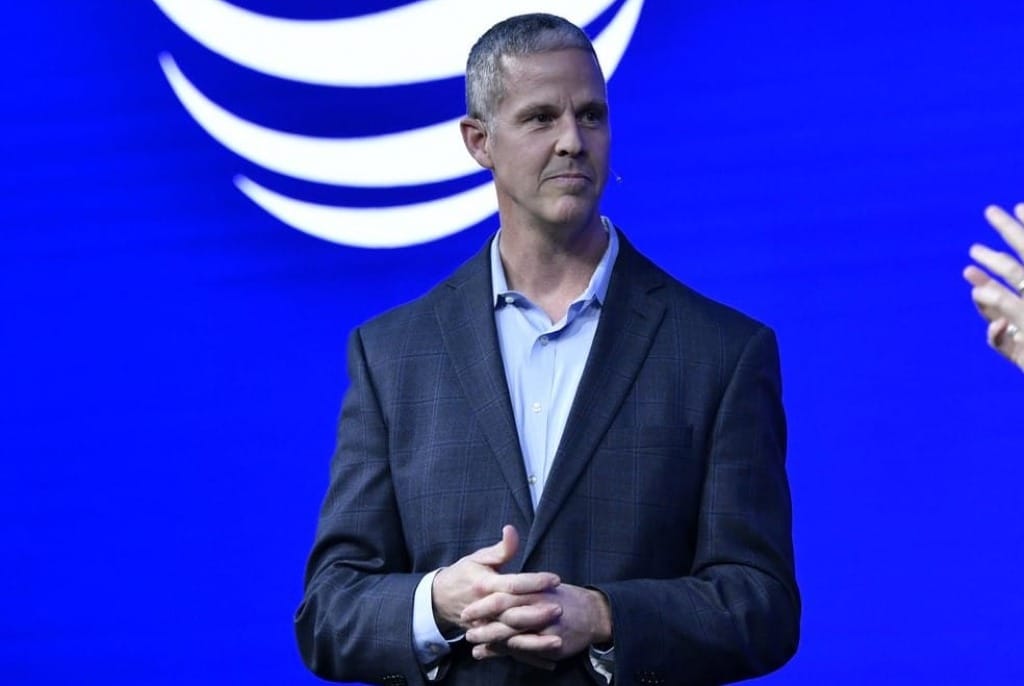
BEAD
AT&T’s Chris Sambar calls out ‘odd’ BEAD rules coming from state broadband offices.

 Photo of Chris Sambar, Head of Network at AT&T, from his X profile
Photo of Chris Sambar, Head of Network at AT&T, from his X profile
WASHINGTON, May 21, 2024 – Chris Sambar, Head of Network at AT&T, praised the Broadband Equity, Access and Deployment program for providing more Americans access to the internet, but expressed frustration over its patchworked implementation during an AT&T innovation summit on Tuesday.
“There has to be a predictable, structured framework around that program. We’re seeing a lot of different variations of how it’s being managed,” Sambar said before the audience of industry insiders.
The BEAD program allocated $42.4 billion to build out wireline and wireless broadband infrastructure for unserved and underserved communities across the U.S. and its territories, as part of the Biden administration’s effort to provide all Americans with affordable internet.
Sambar assured the audience that BEAD is a “great program” created by “well intention[ed]” policy-makers to help the underserved, but complained the state-by- state allocation process is creating a convoluted implementation strategy for providers.
“It’s 31 flavors out there, it’s different in every city, everyone is doing things differently,” Sambar said, referring to custom allocation plans developed by state broadband offices.
While previous federal broadband infrastructure projects – such as the Rural Digital Opportunity Fund – has necessitated an AT&T program office consisting of around half a dozen members, Sambar does not know the number of personnel that will be required for BEAD.
“We’re not sure how many people we’re going to have to allocate to, because every award that we potentially win, we’re gonna have to add more people to manage the different flavors. That’s not a sustainable model.” Sambar said.
Another issue the industry has run into, according to Sambar, is the varying competency of state officials.
“Some people have experience in those broadband offices, some were appointments.” Sambar said. One broadband office official, according to Sambar, said they had previously never heard of broadband, and only had experience with the provider in their home.
“That’s a little scary, and they’re coming up with odd things like, ‘We want you to price fix for the next five years.’” Sambar said. Policies like these are impractical, according to Sambar, as network providers have to generate an acceptable return for shareholders, and can also not predict variables in the economy.
Other state-to-state variations cited by Sambar causing industry frustration include rules on what expenditures get reimbursed and what types of infrastructure is built.
Sambar also used the panel to raise the industry’s concerns over their expected maintenance of copper wire networks. Providers are prohibited from shutting down the antiquated copper wire system and replacing it with fiber, without the Federal Communications Commission’s permission.
AT&T has offered updated technology to replace old copper wire reliant phones, but some users have resisted the change. According to Sambar, only five percent of the copper lines are still used by remaining customers, but the cost of upkeeping the facilities is just under $10 billion annually.
Sambar said he will invite officials at the FCC to inspect aging copper wire lines for themselves and urge them to consider a shut down. Sambar insisted telecommunications companies will be able to direct the money saved from copper wire maintenance toward building more fiber infrastructure and help close the digital divide. Sambar offered lawmakers industry pledges to build fiber networks over the copper, if allowed to retire.
